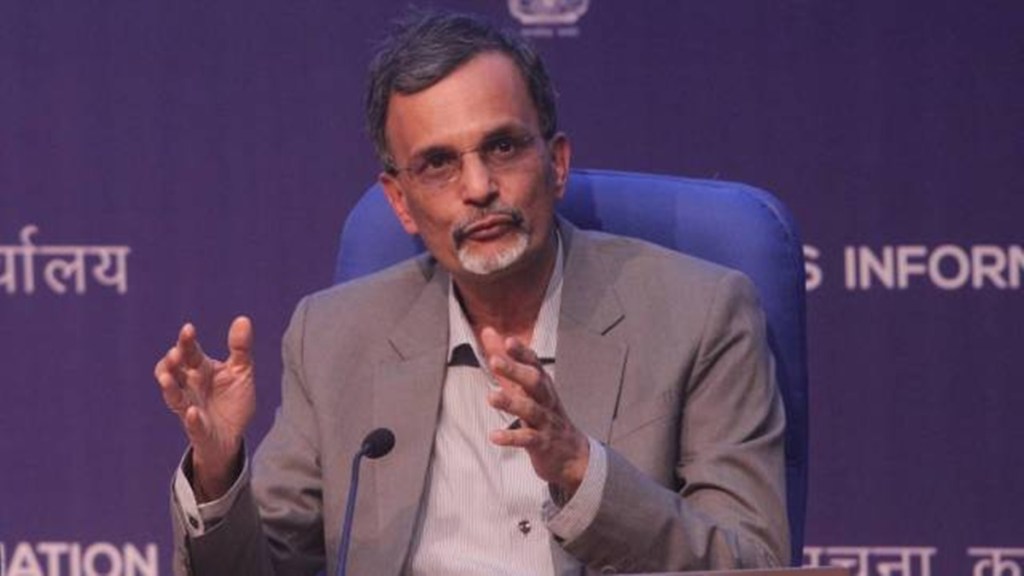Chief Economic Adviser Anantha Nageswaran’s appeal to the regulators to become more transparent about the rationale behind their decisions, and be mindful of the boundaries of their “unelected power,” is unexceptionable. While India’s regulators have done a competent job, there is indeed a need to strike the right balance between their proximate and explicit objectives of systemic stability, viability and risk mitigation for the regulated entities/stakeholders, and the imperative of not standing in the way of innovation, enterprise and growth. They would do well to refrain from impulsive, unpredictable behaviour. As Nageswaran pointed out, “the regulators must explain why a particular regulation is being introduced, the information prompting it, the goals it seeks to achieve, and the criteria for withdrawing it.” This is necessary not only because trust in regulatory decisions is built with such finer accountability, but because unlike the political executive, most regulators, except a few like the Comptroller and Auditor General of India, aren’t directly accountable to people at large via Parliament.
It seems the CEA has some instances of regulatory overreach or excesses in mind which might have had the unintended consequence of impeding technological innovation and economic growth. For instance, he called for an assessment of socio-economic costs and benefits in areas like crypto/bitcoin, and online gaming, where regulatory oversight (by the Reserve Bank of India and the Goods and Services Tax Council respectively) looks tight. That said, regulators’ alertness and their timely and adequate performance are as vital for stable progress of the Indian economy, as their increased accountability. However, not all Indian regulators have always acquitted themselves well in this respect, partly because they lacked the required functional autonomy in practical terms. Also, influential segments of business, including privileged public-sector units, have been interested in keeping some regulatory actions in check.
In many cases, the regulatory laws and rules are born weak and ambiguous, leaving room for the higher bureaucracy to interfere. Regulatory overlapping (or thin dividing lines) has also led to bickering, as between the regulators of drug pricing and quality, and lately, the Institute of Chartered Accountants of India and the National Financial Reporting Authority. Another issue is the regulator itself being the dominant player in the relevant market, as has been the case of Power Grid Corporation until recently. The fact is along with the economy, the concepts of democracy, equity, and equal opportunity can exact a heavy price due to regulatory weakness, inaction, undue forbearance, or ineptitude. The appellate process, that leads up to the higher judiciary, is competent to set right any wrongs committed by the regulators, while systemic or policy problems can be addressed by Parliament in due course.
With these checks and balances, regulatory integrity needs to be ensured via a transparent, bipartisan process to select the top brass, and by equipping these bodies with adequate manpower and infrastructure, besides the legal teeth. Important regulators like the National Company Law Tribunal are still lacking requisite strength, causing, for example, insolvency resolution processes to prolong. The Competition Commission of India, the generic regulator of markets, has often been bereft of quorum. The CEA talked about how the interconnected nature of financial systems required vigilant oversight to protect economic stability. Also, the level of transparency expected of regulators has not been visible in their tackling of the charges, whether right or wrong, of stock market manipulations, and accounting malfeasance allegedly involving certain large, influential corporate groups.

